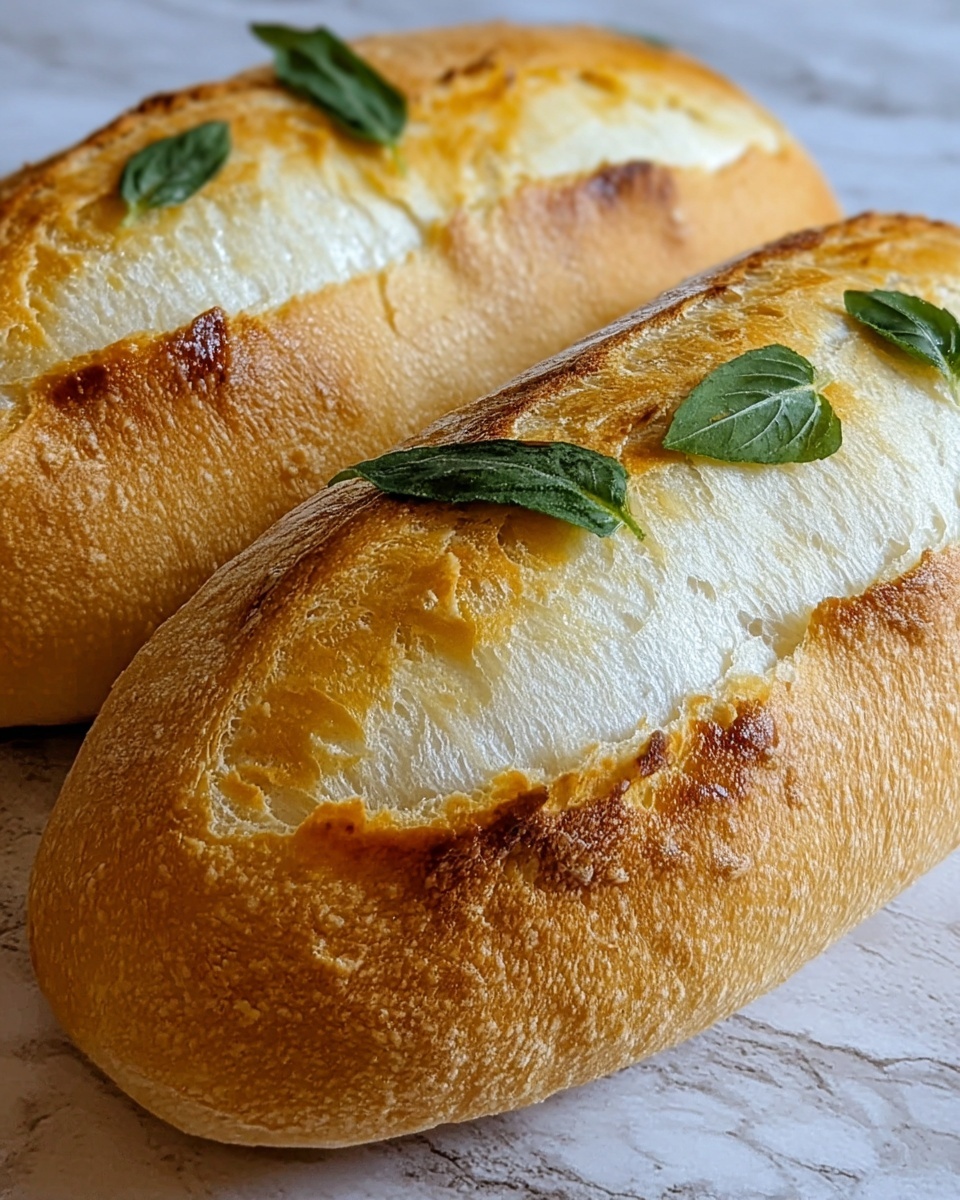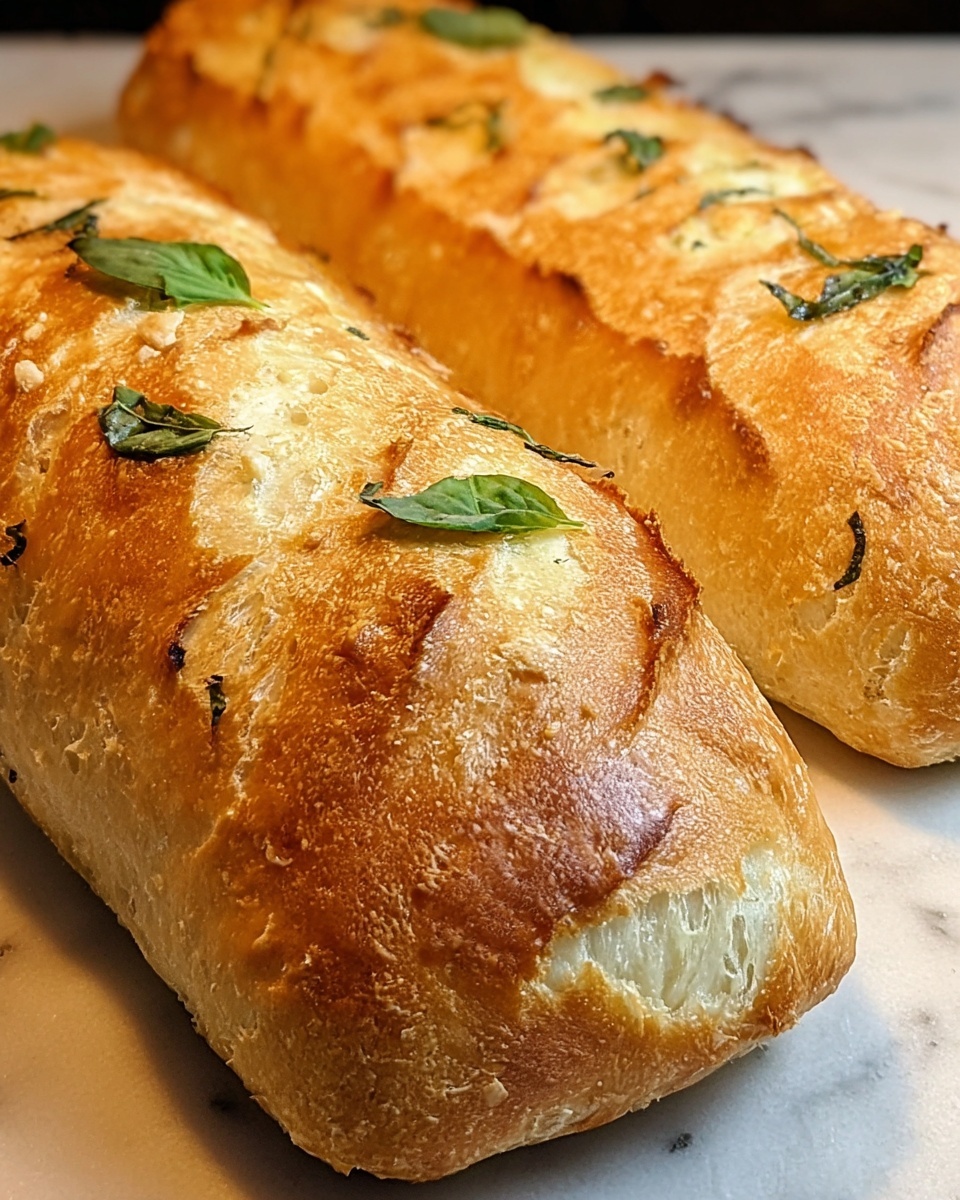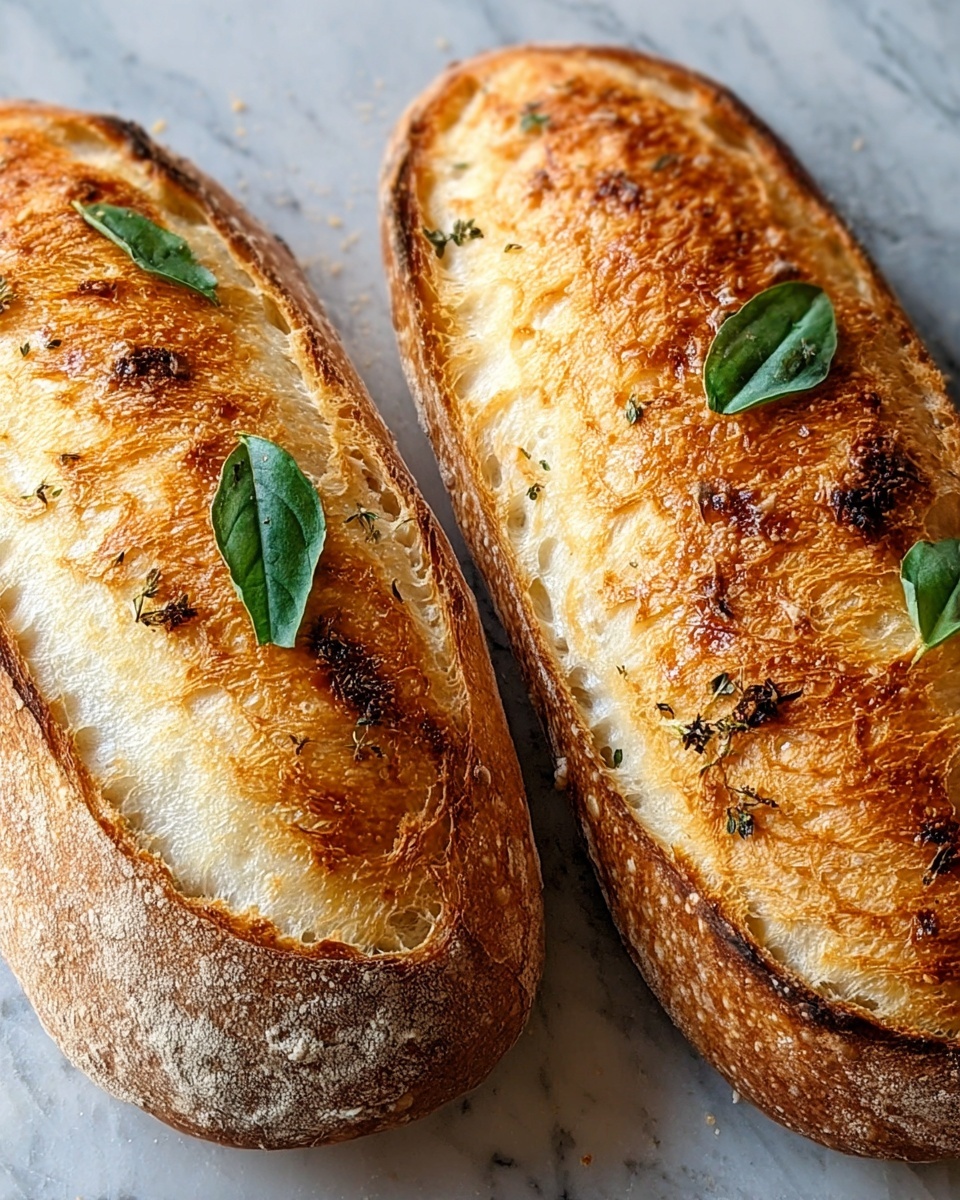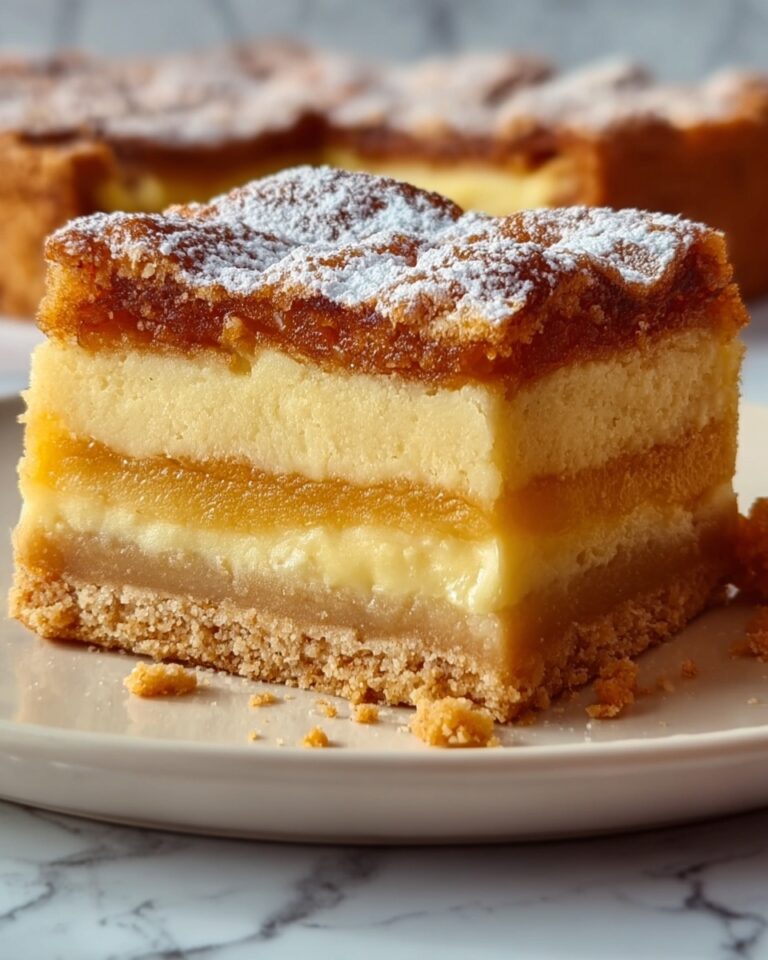If you’ve ever dreamed of baking your own warm, crunchy loaf that fills your kitchen with the irresistible aroma of fresh bread, then this Crusty Italian Bread Recipe is just the ticket. With a delightfully crisp crust and a soft, chewy interior, this homemade bread pairs beautifully with everything from rich olive oil dips to hearty soups, making it a timeless staple that’s easier to make than you might think. Every bite transports you straight to an authentic Italian bakery, where simple ingredients come together to create pure comfort.

Ingredients You’ll Need
Gathering simple pantry staples is all it takes to create this crusty masterpiece. Each ingredient plays its part to ensure the perfect texture, flavor, and that golden appearance we all love.
- 4 cups all-purpose flour: The foundation of your loaf, providing structure and chewiness.
- 1 1/2 cups warm water (110°F): Activates the yeast and creates a moist, workable dough.
- 2 1/4 teaspoons active dry yeast (1 packet): The essential leavening agent for that light and airy rise.
- 2 teaspoons sugar: Feeds the yeast and helps develop a golden crust.
- 2 teaspoons salt: Balances flavor and strengthens gluten for great texture.
- 1 tablespoon olive oil: Adds richness and a subtle Italian flair.
- Extra flour for dusting: Keeps your dough from sticking as you knead.
- Cornmeal for dusting (optional): Adds a lovely crunch and prevents sticking on your baking surface.
How to Make Crusty Italian Bread Recipe
Step 1: Activate the Yeast
Start by combining the warm water, sugar, and active dry yeast in a large mixing bowl. This friendly mix needs about 5 to 10 minutes to become foamy and bubbly, which means your yeast is alive and ready to work its magic on your dough.
Step 2: Mix the Dough
Add the flour, salt, and olive oil to the yeast mixture. Stir everything together until you get a shaggy, rough dough that just starts to come together. This initial stage sets the stage for your bread’s texture.
Step 3: Knead Until Smooth
Turn your dough out onto a floured surface and knead for about 8 to 10 minutes. This is where you build strength in the dough’s gluten, resulting in that irresistibly chewy crumb. Don’t rush this part—your arms will thank you later!
Step 4: First Rise
Place your kneaded dough in a lightly oiled bowl, cover with a clean towel, and set it somewhere warm to rise. About 1 to 1.5 hours later, you’ll see it puff up and almost double in size—a satisfying indication of dough that’s alive and ready for the next step.
Step 5: Shape and Second Rise
Gently punch down the dough to release trapped gases, then shape it into a round or oval loaf. Place it on a baking sheet dusted with cornmeal or lined with parchment paper. Cover it again and let it rest for another 30 to 45 minutes, allowing it to rise a bit more before baking.
Step 6: Bake with Steam
Preheat your oven to 450°F and place a shallow pan of water on the bottom rack to create steam. This steamy environment is what gives your bread that signature crisp, crackly crust. Score the top of your loaf with a sharp knife to guide expansion, then bake for 25 to 30 minutes until the crust turns a gorgeous, golden brown.
Step 7: Cool Before Slicing
Allow your loaf to cool completely on a wire rack. This step is key for the crumb to set properly—try to resist the temptation to slice it too soon!
How to Serve Crusty Italian Bread Recipe

Garnishes
This bread shines on its own, but you can add a sprinkle of sea salt, cracked pepper, or even a smear of garlic butter for an extra burst of flavor. A light drizzle of good-quality olive oil and a dash of herbs like rosemary or oregano can also elevate your slice into a little Italian celebration.
Side Dishes
Crusty Italian bread pairs beautifully with silky olive oils, tangy balsamic vinegar, or creamy cheeses like mozzarella and ricotta. It also stands up well alongside hearty soups such as minestrone or rich pasta sauces, soaking up every delicious drop. Don’t forget to serve it with antipasti like olives, cured meats, or sun-dried tomatoes for a full Italian feast.
Creative Ways to Present
Turn your loaf into bruschetta by toasting slices and topping them with fresh tomatoes, basil, and a drizzle of balsamic glaze. Or slice it thickly for rustic sandwiches or paninis packed with your favorite fillings. You might even tear it into chunks to serve as a charming accompaniment to dips or spreads at your next gathering.
Make Ahead and Storage
Storing Leftovers
Wrap your cooled loaf tightly in plastic wrap or a clean kitchen towel and store it at room temperature for up to two days. This keeps the crust crisp while the interior stays soft and inviting. Avoid refrigerating as it can dry out your bread faster than you’d like.
Freezing
Crusty Italian bread freezes beautifully. After cooling completely, wrap the loaf tightly in aluminum foil or plastic wrap, then place it inside a freezer bag. It will keep well for up to three months. When ready to enjoy, thaw it at room temperature.
Reheating
To bring your bread back to life, preheat the oven to 350°F, unwrap the loaf, and place it directly on the middle rack for 10 to 15 minutes. This revives that beautiful crust and fresh-baked aroma we all crave.
FAQs
Can I use bread flour instead of all-purpose flour?
Absolutely! Bread flour will give your Crusty Italian Bread Recipe a chewier texture and better rise due to its higher protein content. It’s a great choice if you prefer a more artisan-style crumb.
What if I don’t have a pan for water to create steam in the oven?
If you don’t have a pan, you can mist the oven walls with water before and shortly after putting the bread in to bake, or place ice cubes on a tray at the bottom of the oven to generate steam. Steam is key to that crackly crust!
How can I tell when the bread is fully baked?
A golden brown crust and a hollow sound when tapping the bottom of the loaf are your best indicators. The internal temperature should be around 200°F if you want to be precise.
Can I add herbs or other flavors to this bread?
Yes! Adding fresh or dried herbs like rosemary, thyme, or basil to your dough can give it a lovely aromatic boost. Just fold them in during the mixing stage for an extra Italian touch.
Is it necessary to score the bread before baking?
Scoring the bread allows it to expand in a controlled way during baking, preventing random cracks and helping create that classic artisan look. Plus, it’s a simple step that makes your bread look bakery-worthy!
Final Thoughts
There’s something truly magical about pulling freshly baked Italian bread from your oven, and this Crusty Italian Bread Recipe is the perfect starting point for anyone wanting to bring a little piece of Italy into their home kitchen. The process is rewarding, the ingredients are simple, and the results are downright delicious. Give it a try—you might just find a new favorite!







